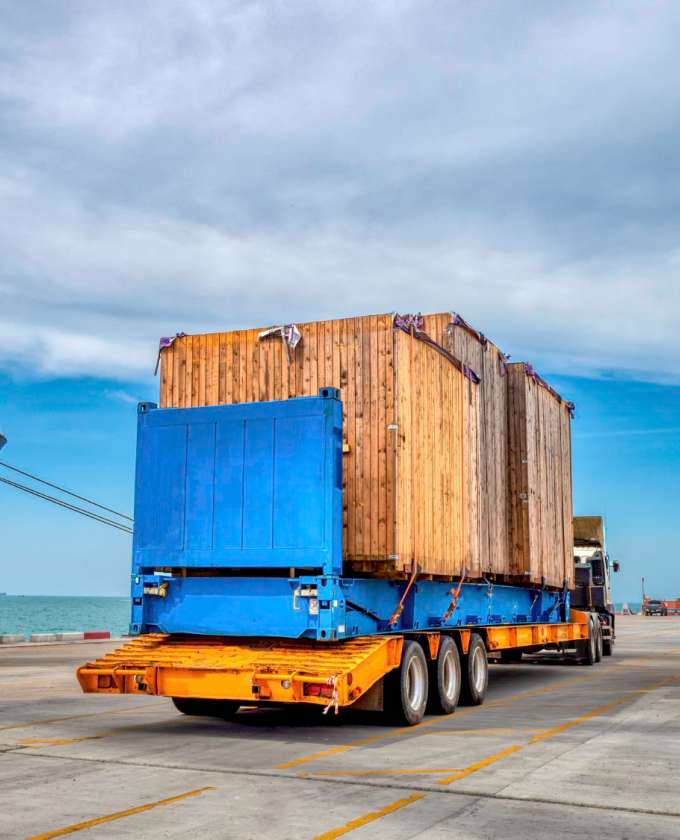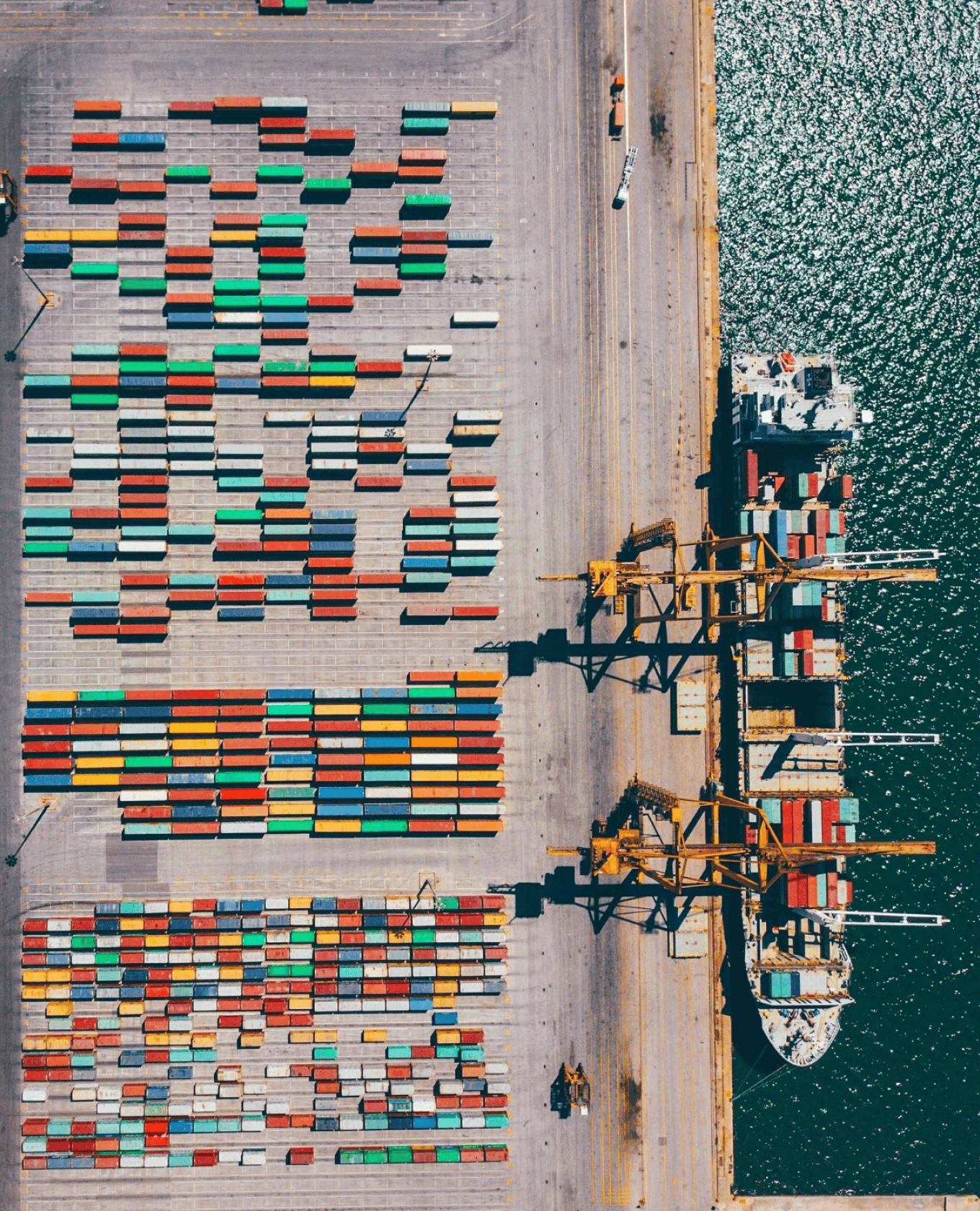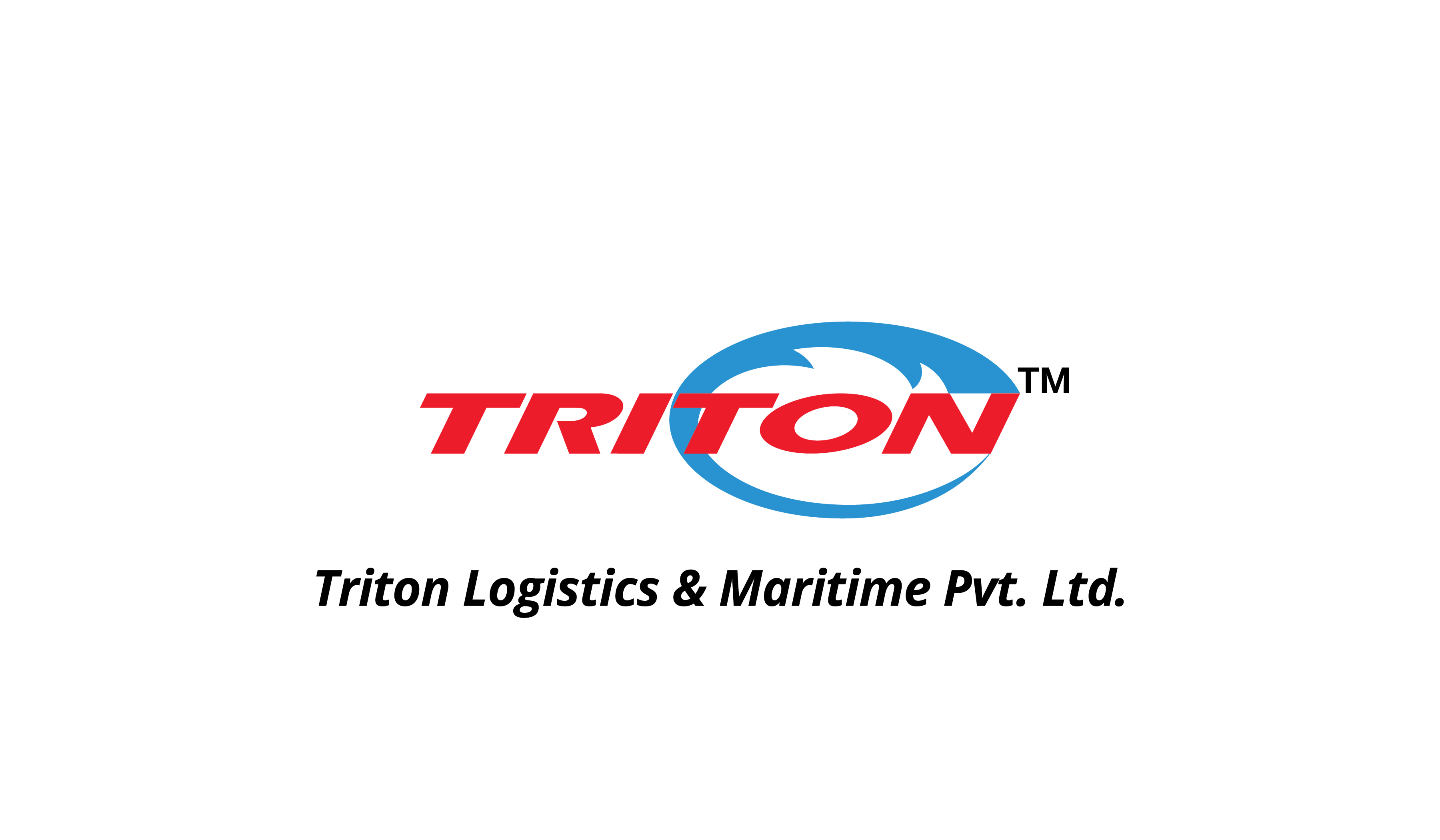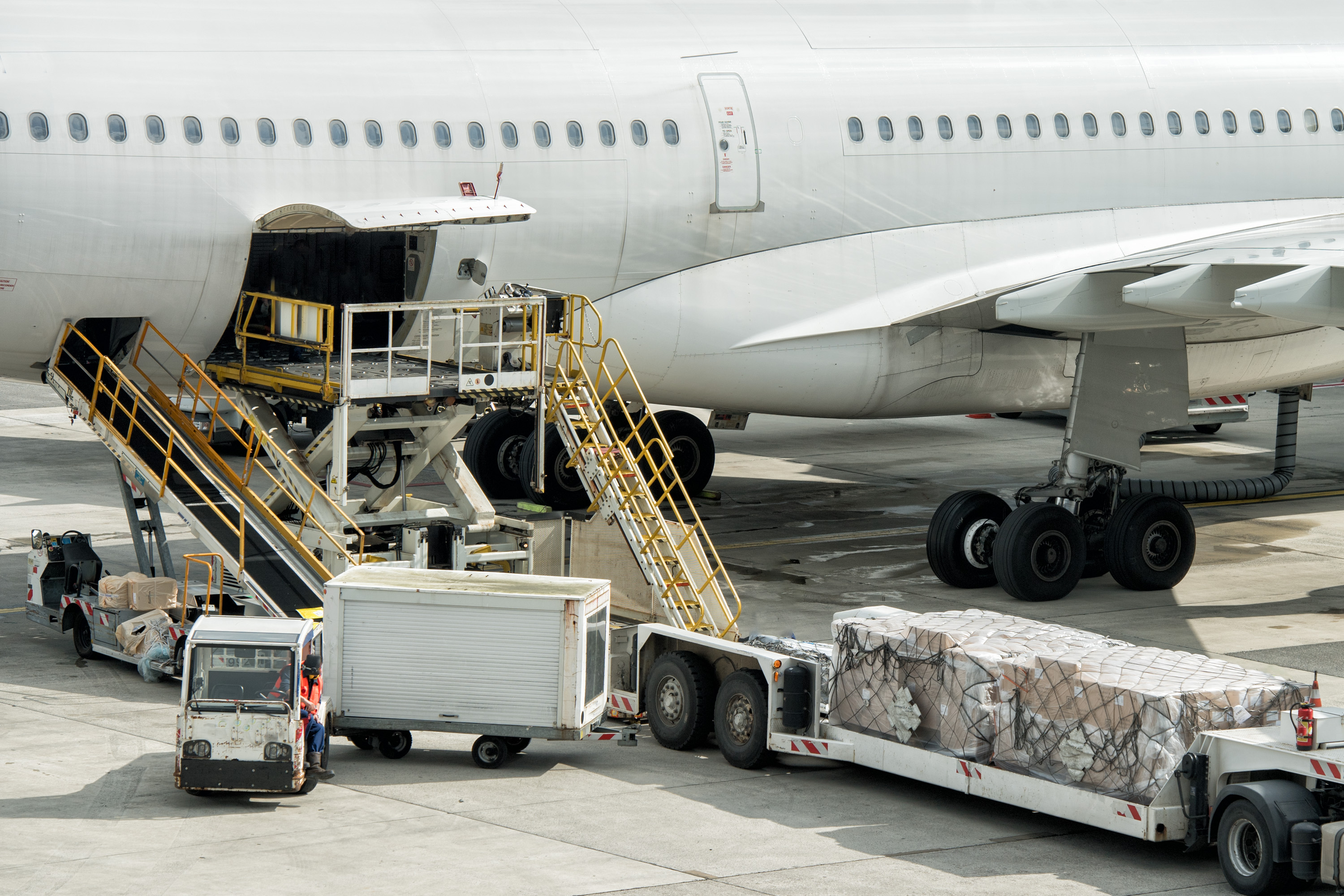
In the world of healthcare logistics, temperature control often takes center stage when it comes to transporting vaccines. While maintaining the cold chain is vital to preserving vaccine efficacy, it’s far from the only factor that matters. Delays, regulatory hurdles, poor packaging, and fragmented infrastructure can all threaten the success of a vaccine shipment—even when temperatures are precisely maintained.
This blog explores the lesser-known challenges of vaccine logistics and how companies like Triton Logistics and Maritime Private Limited offer solutions tailored for complex geographies like India. We also highlight critical insights and market data that show how the future of shipping and logistics in healthcare is evolving.
India’s Growing Healthcare Logistics Market
India’s healthcare logistics sector is on the rise, driven by surging pharmaceutical demand and government investment in cold chain infrastructure. According to Technavio:
“India’s healthcare logistics market is projected to reach USD 2.00 billion by 2033, growing at a rate of 2.20% between 2025 and 2033. Furthermore, the market is expected to expand at a CAGR of 10.3% between 2024 and 2037, reaching an estimated USD 335.85 billion.”
This growth is catalyzing innovation and forcing industry stakeholders to reimagine how they manage logistics in India—especially for time- and temperature-sensitive products like vaccines.
The Vaccine Market: Big Business with Bigger Responsibilities
The global vaccine market is booming. According to Statista, it is projected to reach US$69.21 billion by 2025, with annual growth climbing to US$88.61 billion by 2029. The U.S. alone will contribute nearly US$30 billion of this in 2025.
Complementing this, the vaccine storage and packaging market is expected to hit USD 37.39 billion by 2034, up from USD 23.29 billion in 2025, as per Precedence Research. These figures reveal the scale—and fragility—of global vaccine distribution networks.
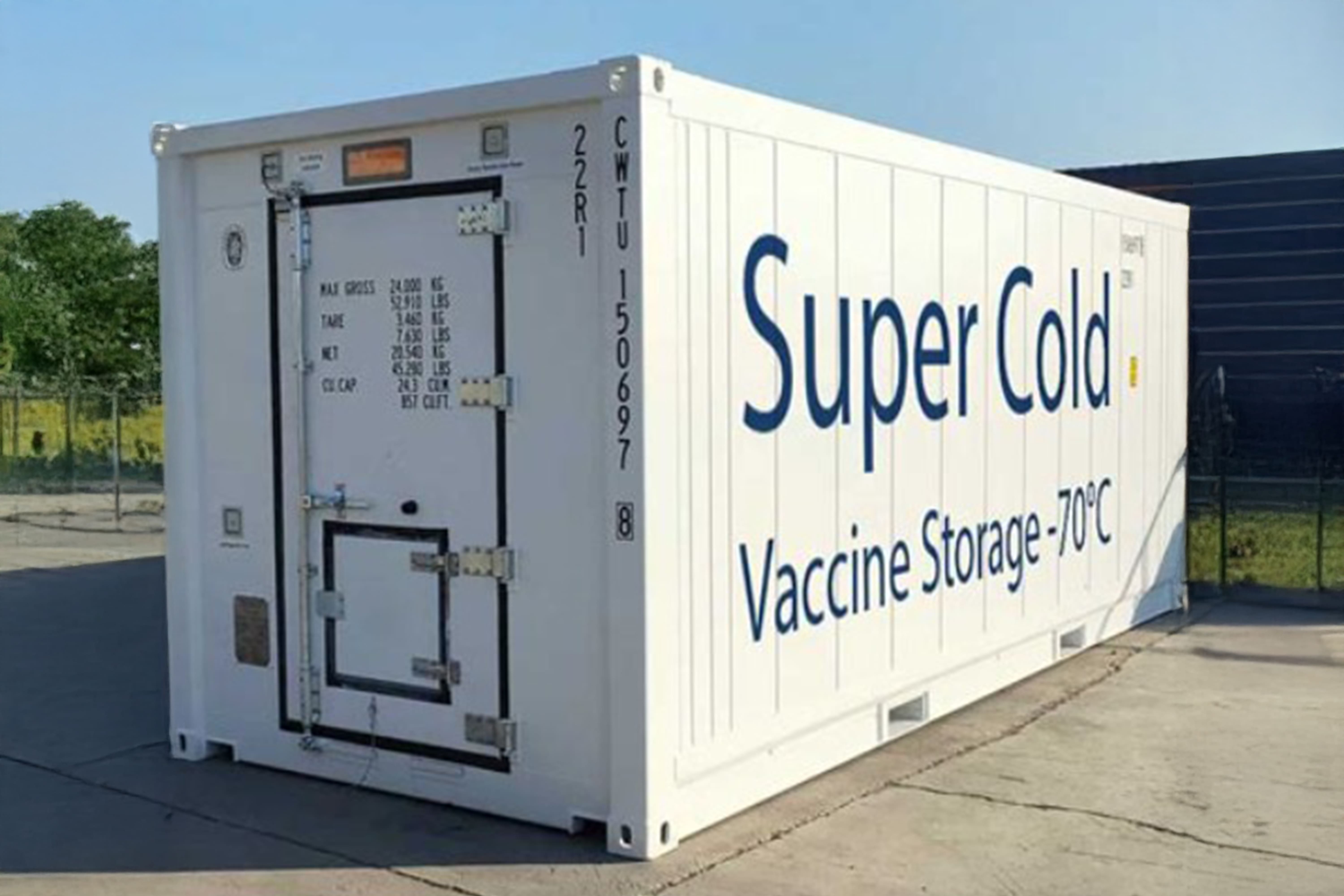
More Than Just Cold: Hidden Threats to Vaccine Integrity
Shipping Delays and Infrastructure Gaps
One late shipment can cost lives. From traffic congestion in urban India to delayed customs clearances and port holdups, logistical challenges often cause more harm than a slight temperature deviation. In healthcare, time lost can mean lives lost.
Mishandling and Poor Packaging
Vaccines are delicate biological products. Improper packaging or manual mishandling can lead to contamination, leaks, or potency loss. Leveraging ocean freight for bulk shipments offers access to temperature-controlled containers and insulated pallet systems that reduce human error and environmental exposure.
Regulatory Barriers
Even the most efficient transport mode can be hindered by complex regulations. Vaccine shipments require multiple layers of documentation—from export licenses to customs declarations—especially in countries like India, where compliance involves navigating regional, national, and international frameworks.
Partnering with a provider that understands the regulatory landscape of logistics in India is no longer optional—it’s critical.
What You Might Not Know About Healthcare Logistics and Warehouses
Beneath the surface of healthcare logistics lies a layer of inefficiencies that directly affect costs and patient care.
- Medical Waste: U.S. hospitals generate over 4.7 million pounds of waste annually—much of it unused supplies. This creates a dual problem: ballooning disposal costs and environmental degradation.
- Fragmented Systems: Many hospitals still operate on legacy IT systems that create silos across departments. This fragmentation makes it difficult to see and manage inventory holistically, driving up labor costs and increasing the risk of shortages.
- High Holding Costs: About 30% of U.S. hospital spending goes to supply chain overspend—roughly $25.4 billion annually. Funds that could be redirected to improve patient care are instead tied up in inefficient inventory practices.
GreyOrange, a leader in smart robotics, highlights these challenges in its analysis of healthcare supply chains. The solution? Intelligent automation. According to GreyOrange, automation helps optimize just-in-time inventory and enhances visibility across supply chains, ultimately improving responsiveness and reducing waste (GreyOrange).
Why Ocean Freight Still Makes Sense
Although air freight is the go-to for speed, ocean freight plays a valuable role in global vaccine distribution—particularly for high-volume shipments with longer shelf lives.
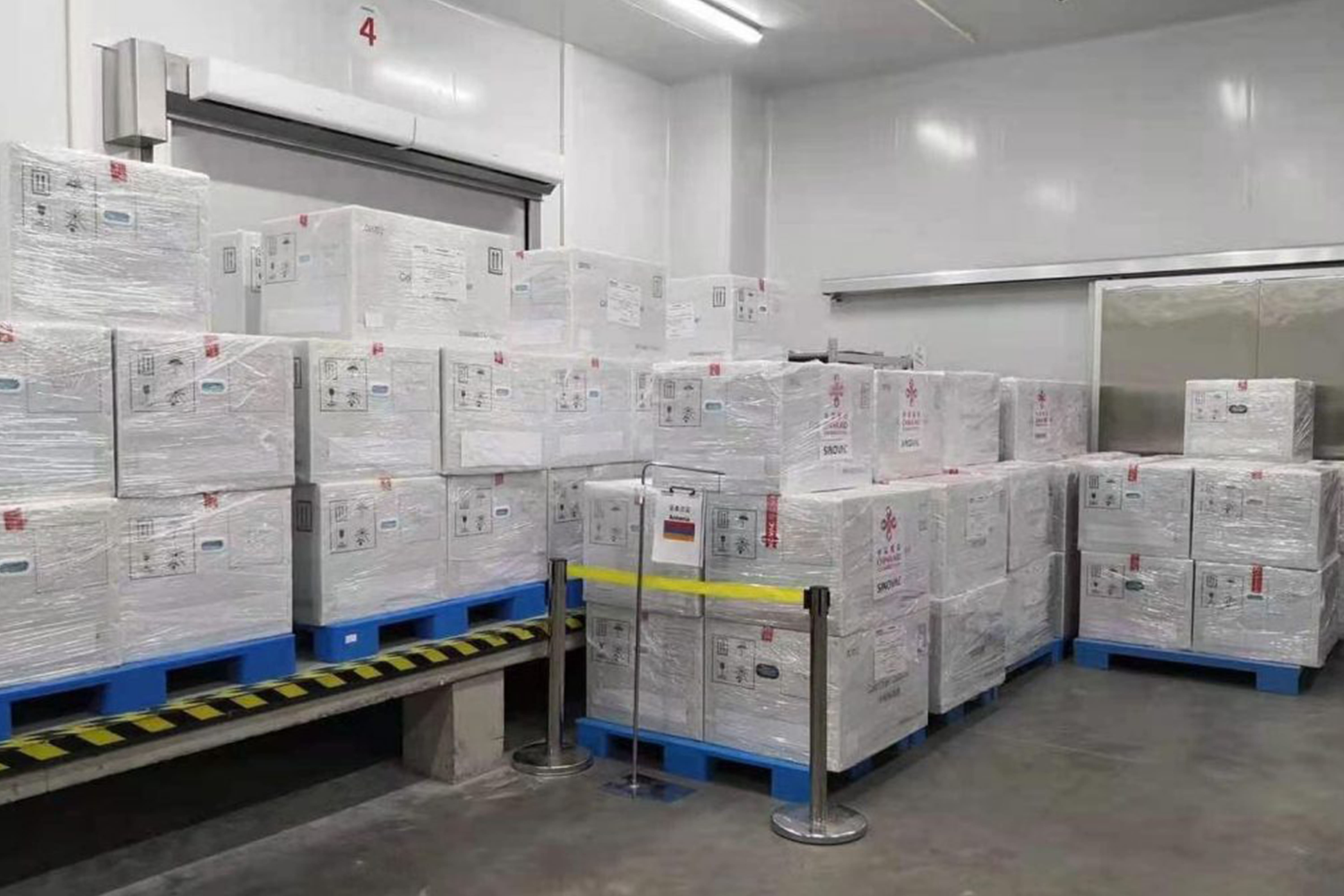
Benefits of Ocean Freight:
- Cost-Effective Scaling: Bulk transport via ocean is significantly cheaper than air, lowering the per-unit cost.
- Stable Conditions: Modern reefer containers provide precise temperature control, ideal for biologics.
- Sustainability: Ocean freight emits fewer greenhouse gases per kg than air freight, making it more environmentally friendly.
- Integrated Distribution: Ocean freight providers like Triton offer door-to-door services that include customs handling, warehousing, and ground distribution—perfect for the Indian landscape.
Logistics in India: Complexity Meets Opportunity
India’s vast geography, infrastructure constraints, and diverse climate zones pose unique challenges. From rural last-mile delivery issues to port delays and regulatory red tape, successful healthcare logistics in India requires both regional expertise and global experience.
Triton Logistics and Maritime Private Limited, with its strong local presence and global network, offers customized solutions that address these challenges—whether it’s moving vaccines from a Mumbai port to a hospital in Manipur, or handling high-volume shipping and logistics for pharma giants.
Conclusion: It’s About More Than Moving Boxes—It’s About Saving Lives
Temperature control may be the poster child of vaccine logistics, but it’s far from the only factor that can disrupt delivery. From avoidable shipping delays and inadequate handling to systemic warehousing inefficiencies, the real risks are multifaceted.
We must approach healthcare logistics with more than just strategy—we must lead with empathy. Behind every data point is a patient waiting for care. Behind every shipment is a child, a grandparent, or a frontline worker relying on timely protection.
Logistics companies have an opportunity—and a responsibility—to see beyond pallets and ports. By investing in automation, embracing ocean freight where appropriate, and addressing the systemic cracks in logistics in India, we can build a supply chain that doesn’t just move products—it safeguards health.


